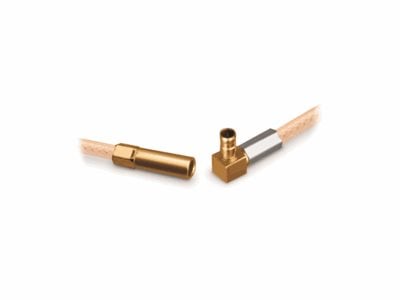- Feature a .145" maximum overall diameter with a 0.375" overall length for the mated connector pair
- 50 ohm characteristic impedance maintained throughout the mated connector pair
- VSWR (1.25:1) from DC to 20 GHz
- High frequency RF applications from DC to 20 GHz.
- Featuring Sabritec technology
-
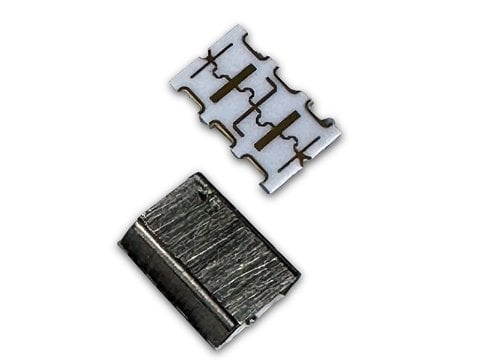
New Lowpass RF Filter solutions in the X Band
The new Planar X Series leverages thin film process technology on various substrates which are designed for mission critical applications. The small footprint, light weight and surface mountable configuration allow for high-volume pick and place applications and are ideal for Radar, SATCOM, and Satellite industries.
-
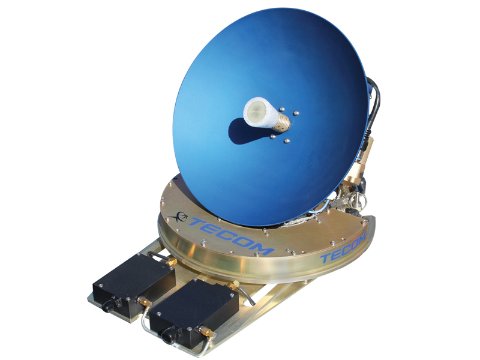
KaStream receives Inmarsat Global Xpress approval
Tail-mount antenna system delivers commercial and military Ka-band worldwide coverage for Airborne Intelligence, Surveillance and Reconnaissance (ISR)
-
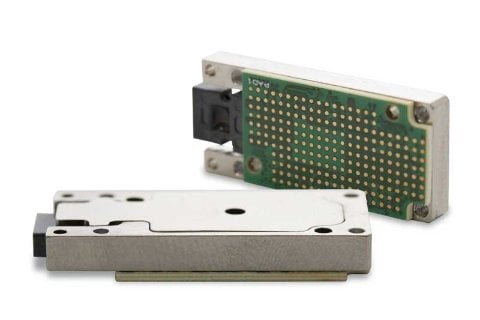
24-lane 120G full-duplex embedded optical transceivers for high-density applications.
New compact 120G full-duplex (12+12) 10.3125 Gbps/lane optical fiber transceivers for harsh environment applications in Aerospace and Defense. The LightABLE™ LL 120G full duplex devices are designed to be embedded on printed-circuit boards in close proximity to high-speed electronics in high performance embedded computing systems to optimize their operation.
-
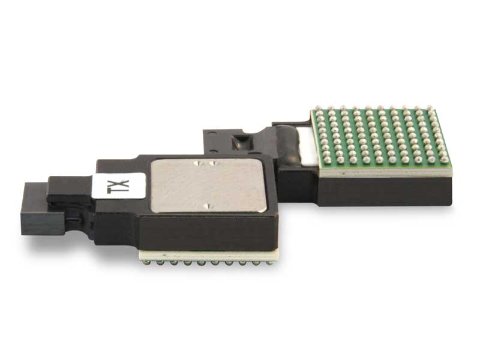
Understanding the Test Criteria of Optical Fiber Transceivers Used in Space
In space, high performance components must be able to deliver reliably in the punishing environment. It is optical transceivers that drive transmissions, converting signals to and from a copper-resident format. Fiber optics communications provide high bandwidth and low latency signaling. Signal transmissions through fiber optic cables (FOCs) provide immunity to EM/RFI interference, crosstalk, and voltage level surges. Fiber optics’ accuracy and reliability exceeds traditional cabling. Covering 1,000 feet requires four pounds of FOC versus 39 pounds of copper wiring, and fiber optics also consume less energy than copper. To convert electrical signals from circuitries with copper output to fiber optics, optical fiber transceivers are usually required.




